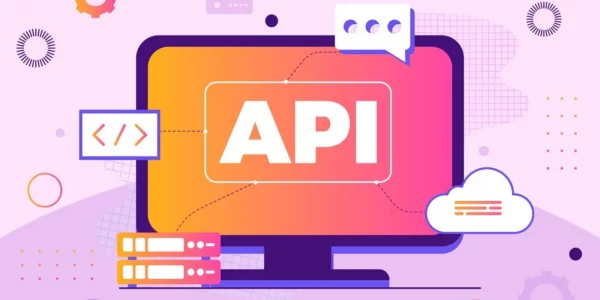Monitoring API usage in 2024 has become paramount for seamless operations. As the API landscape evolves, ensuring optimal performance, uptime, and user satisfaction requires advanced tools. let’s dive deep and find such tools, today.
Why Monitor API Performance?
APIs serve as the backbone for modern applications, handling crucial tasks from data retrieval to third-party integrations. Monitoring API usage becomes essential to:
- Performance Optimization: Identify and resolve bottlenecks, ensuring swift response times.
- Uptime Tracking: Minimize downtime, enhancing user experience and overall reliability.
- Historical Analysis: Review past usage patterns for informed decision-making and resource allocation.
- Issue Prevention: Proactively address potential API-related issues before they impact operations.
Define Your API Performance Monitoring Goals
Before you start monitoring your APIs, it’s important to define what you want to achieve. This will help you to determine the metrics that you need to track and the tools that you need to use.
Some common API usage monitoring goals include:
- Ensuring API availability and uptime. This means monitoring the API to ensure that it is always up and running, and that users are able to access it when they need it.
- Tracking API performance. This includes monitoring metrics such as response times, throughput, and error rates.
- Identifying and resolving API-related issues. This means monitoring API logs for errors and other problems, and then taking steps to resolve them as quickly as possible.
Choose The Right Monitoring Tool.
There are a variety of different API monitoring tools available, each with its strengths and weaknesses. When choosing a monitoring tool, it’s important to consider the specific needs of your organization, such as the types of APIs that you need to monitor, the metrics that you want to track, and your budget.
UptimeAPI: A Game-Changer
In the expansive realm of API monitoring tools, UptimeAPI shines with distinctive features:
- Real-time Insights: Experience instant alerts and insights through real-time monitoring.
- Customizable Alerts: Tailor alerts to your preferences, preventing unnecessary disruptions.
- Log Preservation: Maintain comprehensive logs for in-depth analysis of past performance trends.
- Versatile Notifications: Receive alerts seamlessly via Slack, email, SMS, or webhook for maximum adaptability.
How To Get Started with UptimeAPI
Embarking on the journey of enhanced API monitoring with UptimeAPI is a straightforward process:
- Sign Up: Visit UptimeAPICloud.com and sign up for a 30-day freemium experience.
- Dashboard Exploration: Navigate to the dashboard, exploring the monitoring tab.
- Monitor Configuration: Tailor monitors to your API’s needs by filling in details and setting up alert preferences.
- Real-Time Alerts: Experience the power of real-time alerts, keeping you in control of your API’s performance.
Conclusion
As API usage becomes more intricate, the right monitoring tool is your ally in ensuring optimal performance and reliability. UptimeAPI stands out as the go-to solution, offering real-time insights, customizable alerts, and seamless performance monitoring.
UptimeAPI is a cloud-based API monitoring tool that can help you monitor your APIs in real time and identify and resolve issues quickly. With UptimeAPI, you can be confident that your APIs are always up and running and performing at their best.
For more information visit the blog post: “Best API Monitoring Available Online In 2024“



